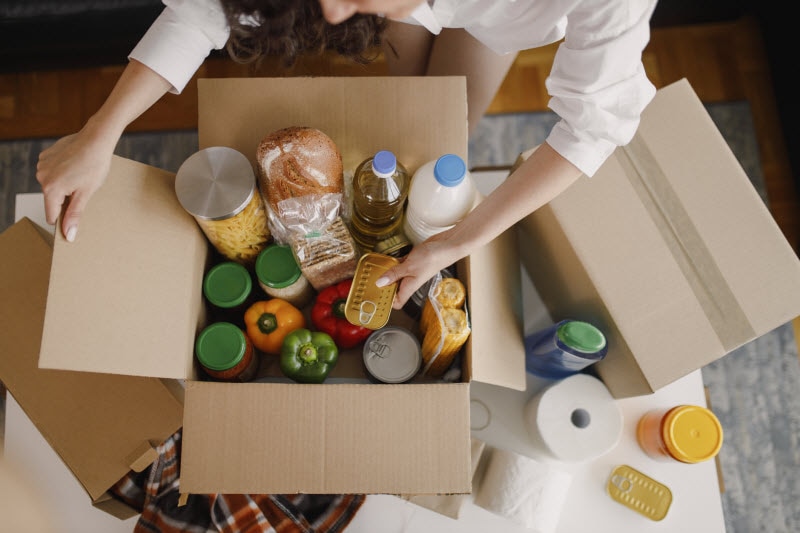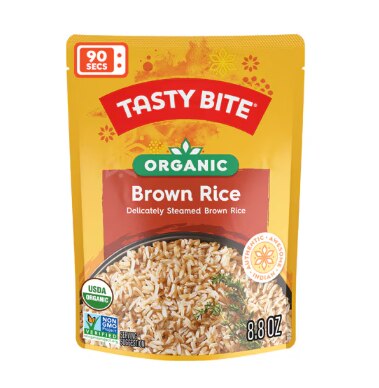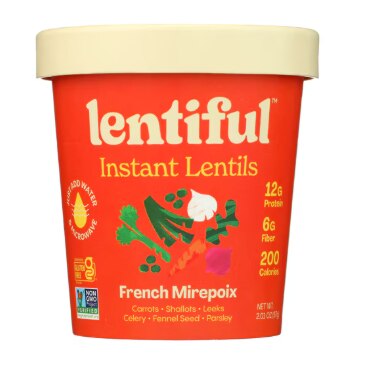Donating food is a meaningful way to give back, help people and feel connected to others.
About 18 million U.S. households, 13.5 percent, were food insecure at some point in 2023, according to recent government figures. Those households either didn’t have enough food or weren’t sure they’d have enough food to get by.
Generally, you can donate as little or as much as you want: a few things or a haul. Read on to find out more about how to donate and which foods are best for donation.
What are basic food donation guidelines?
Food donation doesn’t work the same way as purging Goodwill-bound knick-knacks from your attic. You have to use more discretion.
Food banks and other organizations that feed the hungry mainly accept dry and canned foods. That means food that is shelf-stable or nonperishable — food that keeps for a long time and doesn’t have to be refrigerated, according to Feeding America, a U.S. nonprofit hunger-relief organization that connects a national network of food banks, people and corporate and government entities.
Some organizations that accept donations have guidelines online that spell out what they need. You also can call and ask an organization what it needs.
Where can I donate?
Anyone can donate to food banks and food pantries. Homeless shelters, homeless foundations and soup kitchens often accept donations from individuals too.
A food bank is a community-based organization that collects and stores food from donors and food drives. One reason food banks tend to want nonperishable items like canned goods is because they can store them for a long time.
Food banks then distribute the food to people in need through a variety of emergency food-assistance entities, including soup kitchens and shelters.
A food pantry is where people can get free food, which often comes from a food bank.
Feeding America has a handy tool that allows you to search for food banks by zip code or state.
What are the best foods to donate?
Donate nutritious foods that are low in sugar and sodium but high in nutrients and micronutrients. Think whole grains, healthy fats and proteins — foods you yourself would eat to feel nourished and be healthful.
According to Feeding America, certain foods are particularly useful to food banks:
- peanut butter
- canned soup
- canned fruit
- canned vegetables
- canned stew
- canned fish
- canned beans
- pasta (most prefer whole grain)
- rice (most prefer brown rice)
Your local soup kitchen or food pantry might want other things too, even those that are less shelf-stable. A foundation that includes a soup kitchen and food pantry might be open to bread, for example.
Consider expanding beyond Feed America’s basic list. Food banks around the country say they always have demand for:
- tomato sauce or pasta sauce
- condiments (ketchup, mustard, mayonnaise, bbq sauce, salad dressing)
- canned meats (tuna is cheaper, but sardines are more healthful)
- jelly or jam
- ground coffee
- cooking oil
- spices and herbs
- rolled oats
And it might be good to throw in some variety. For example, donate other types of nut butter (sunflower butter is high in protein), dried beans (less expensive ounce for ounce than canned beans and often taste better than canned beans) or farro and quinoa (interesting grain options in lieu of, say, rice).
As a rule, dairy items and fruits, vegetables and other produce can’t come from individuals for safety reasons — even though they’re among the most sought-after food items.
What are best-practice donation tips for giving to a food bank or food pantry?
– Don’t donate food that is past its expiration, best-by or sell-by date.
– Canned goods with pop-top lids are better than those that need a can opener.
– Avoid food that’s in glass.
– Buy food specifically for the organization you’re donating to. You can go through your cupboards, but don’t be lazy about it.
– Keep in mind that food pantry and food bank recipients can range in age from infants to the elderly.
– Donate retail-sized containers of food, the same size you’d buy for yourself or your family.
– Donate food in its original package, unopened and undamaged, with its label intact. If a can has a sharp dent, a dent deep and wide enough to rest your finger in, severe rust or bulging ends, don’t donate it. The food inside is unsafe and should be thrown away. Canned vegetables and canned meats with a dent of any size should be thrown away, according to the University of New Hampshire.
– Don’t donate home-canned goods. The risk of botulism in improperly home-canned foods rules them out.
Are there sought-after non-food items I can drop off with my food donation?
Some food-assistance organizations take household and hygiene staples too. Here are a bunch that top the list:




